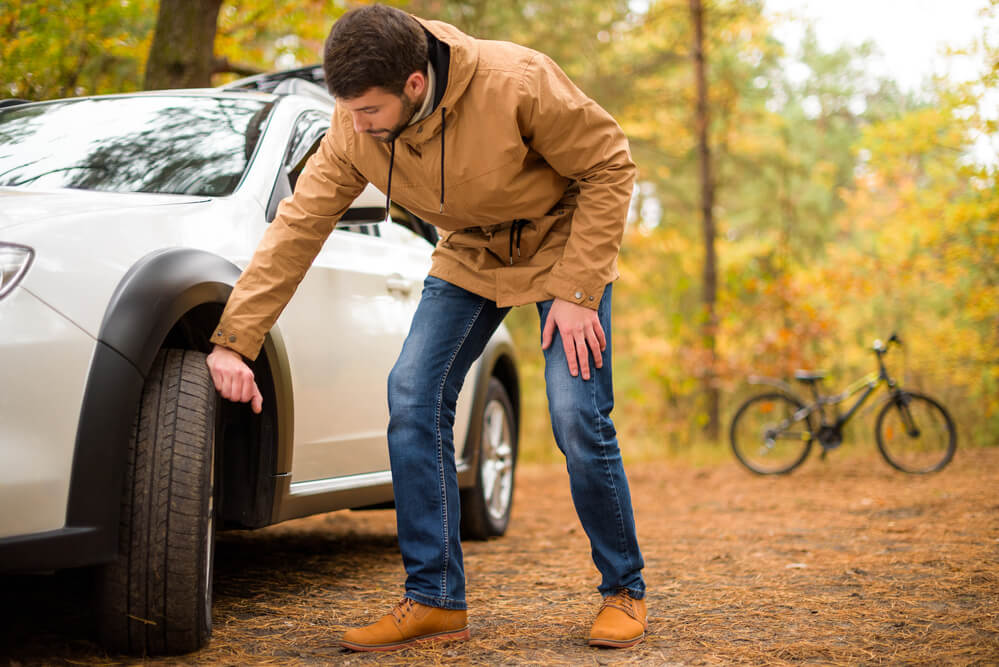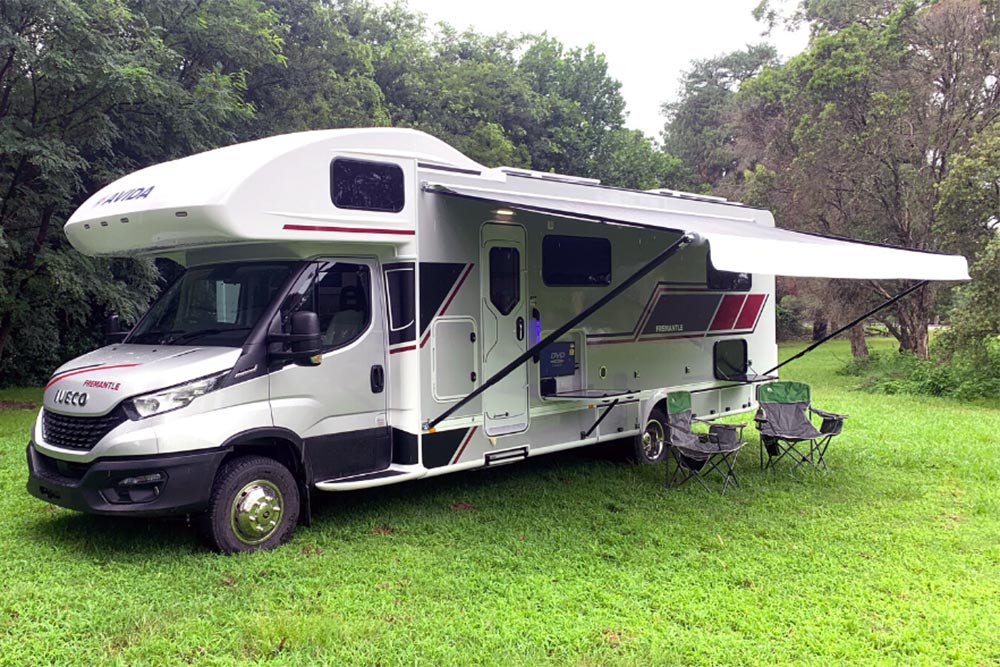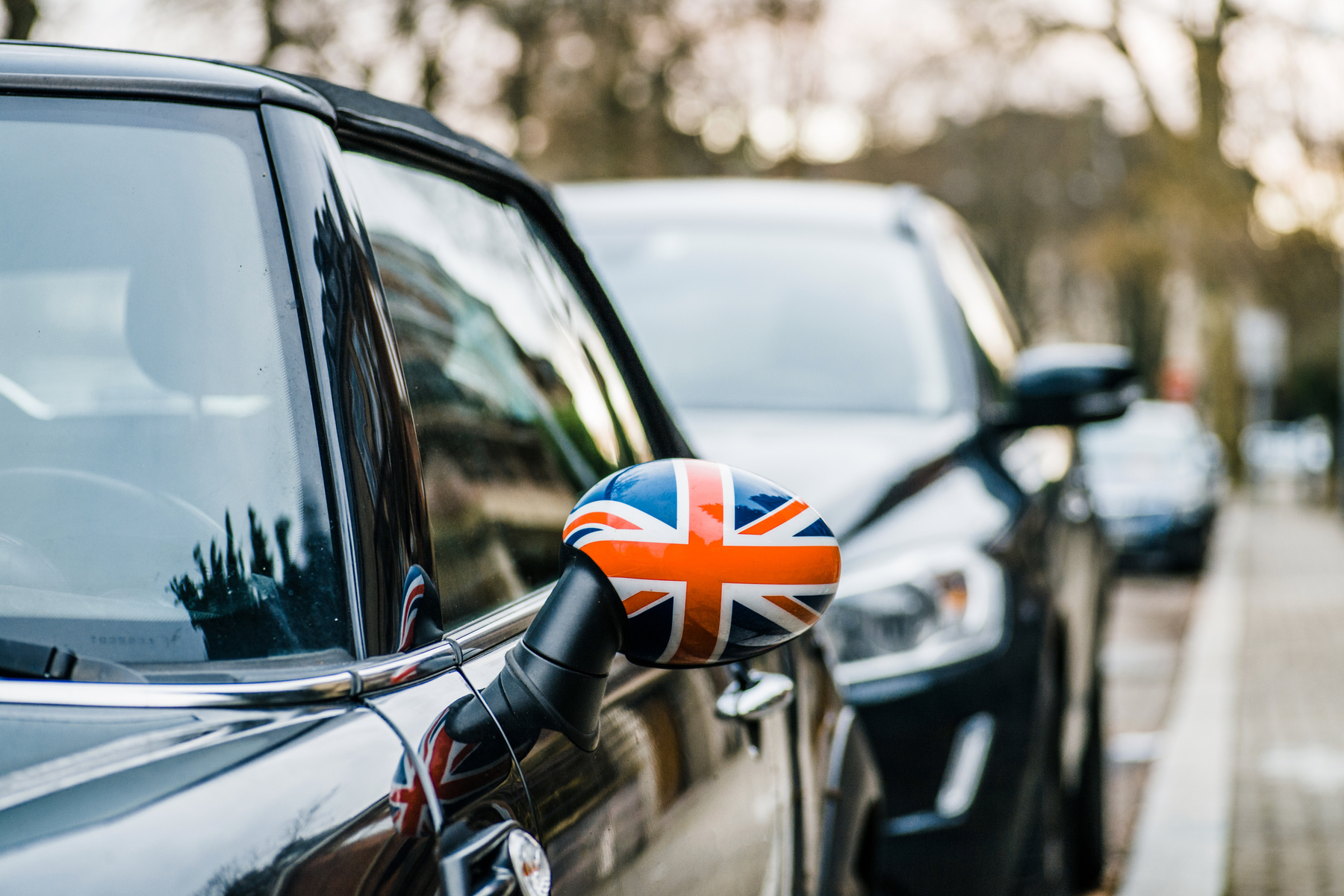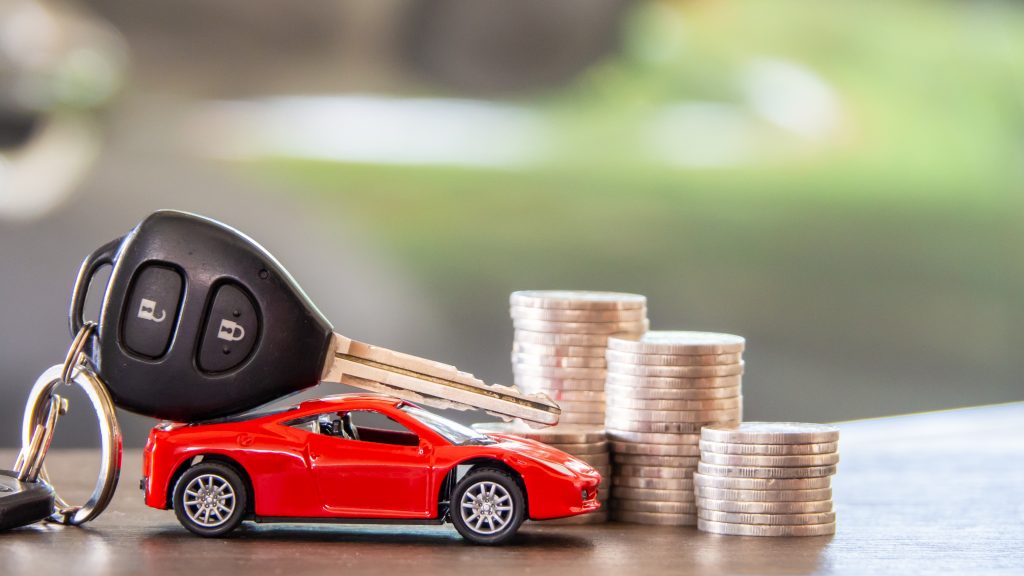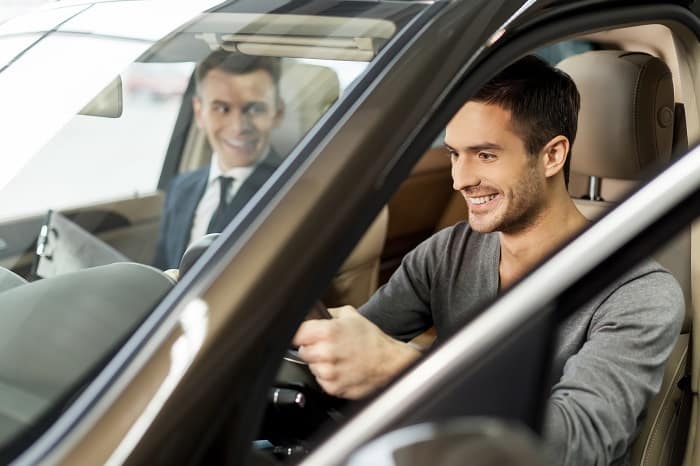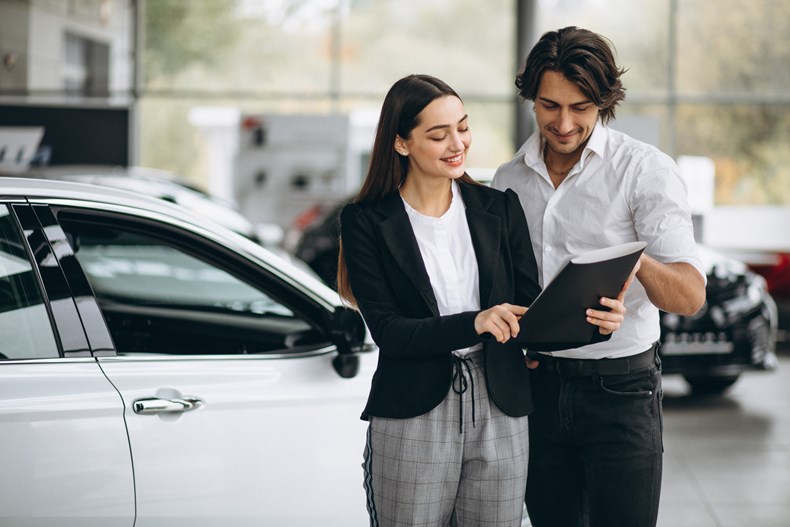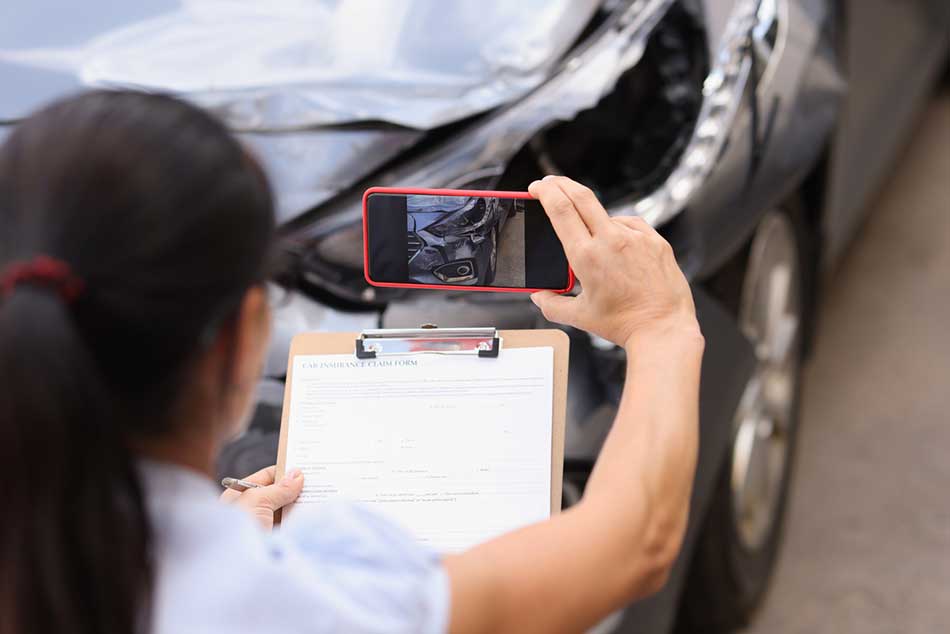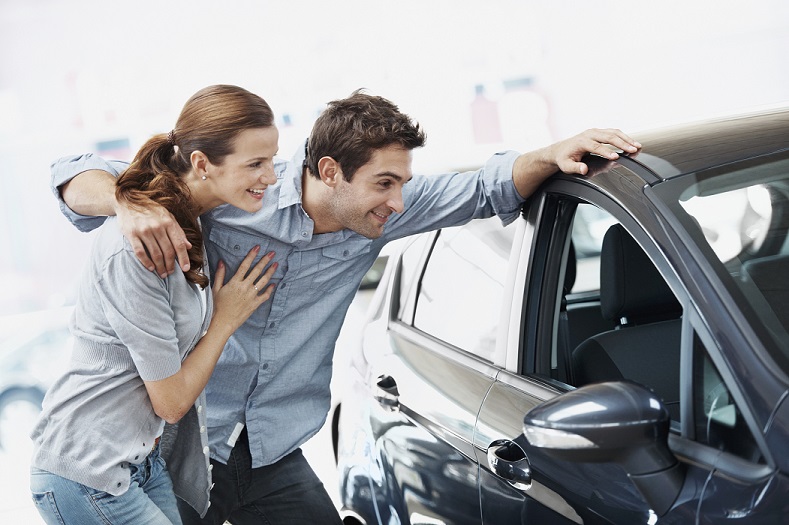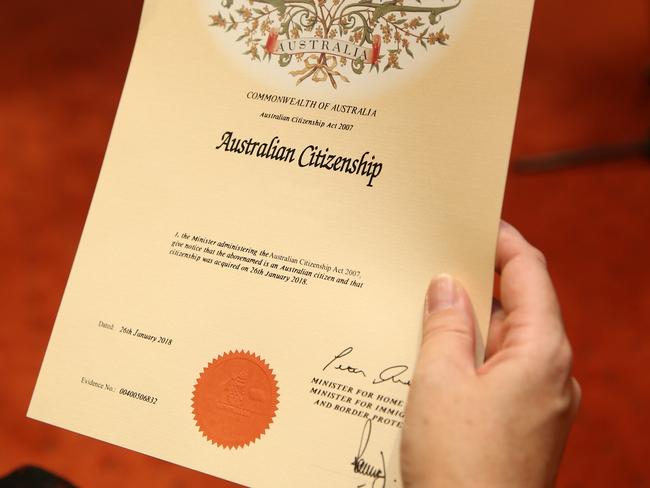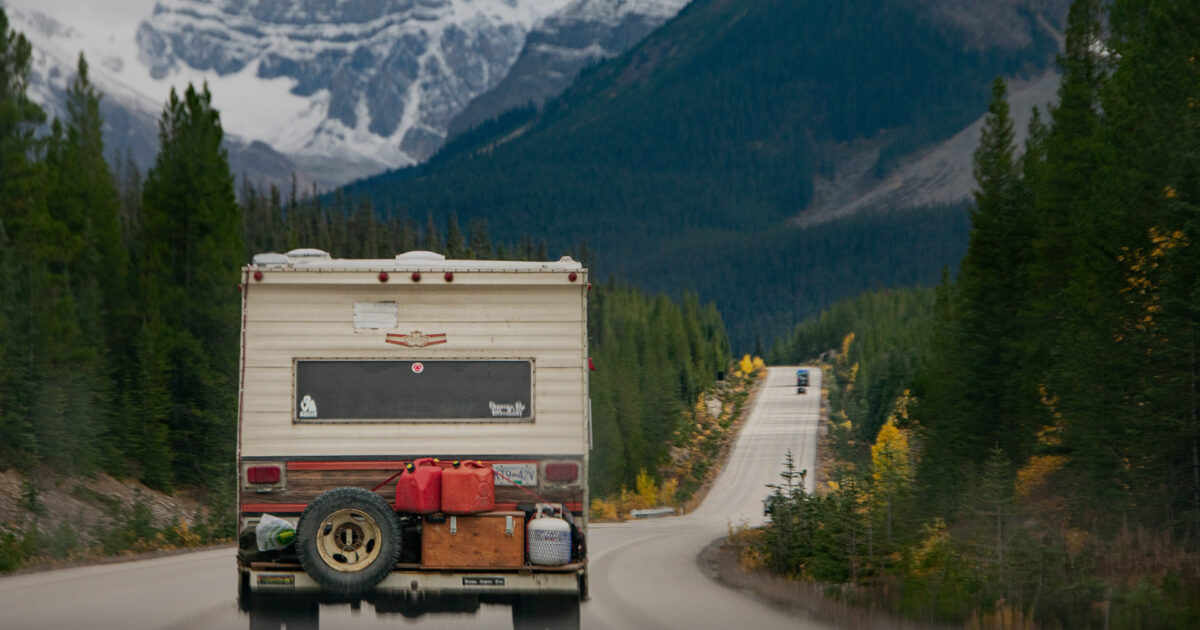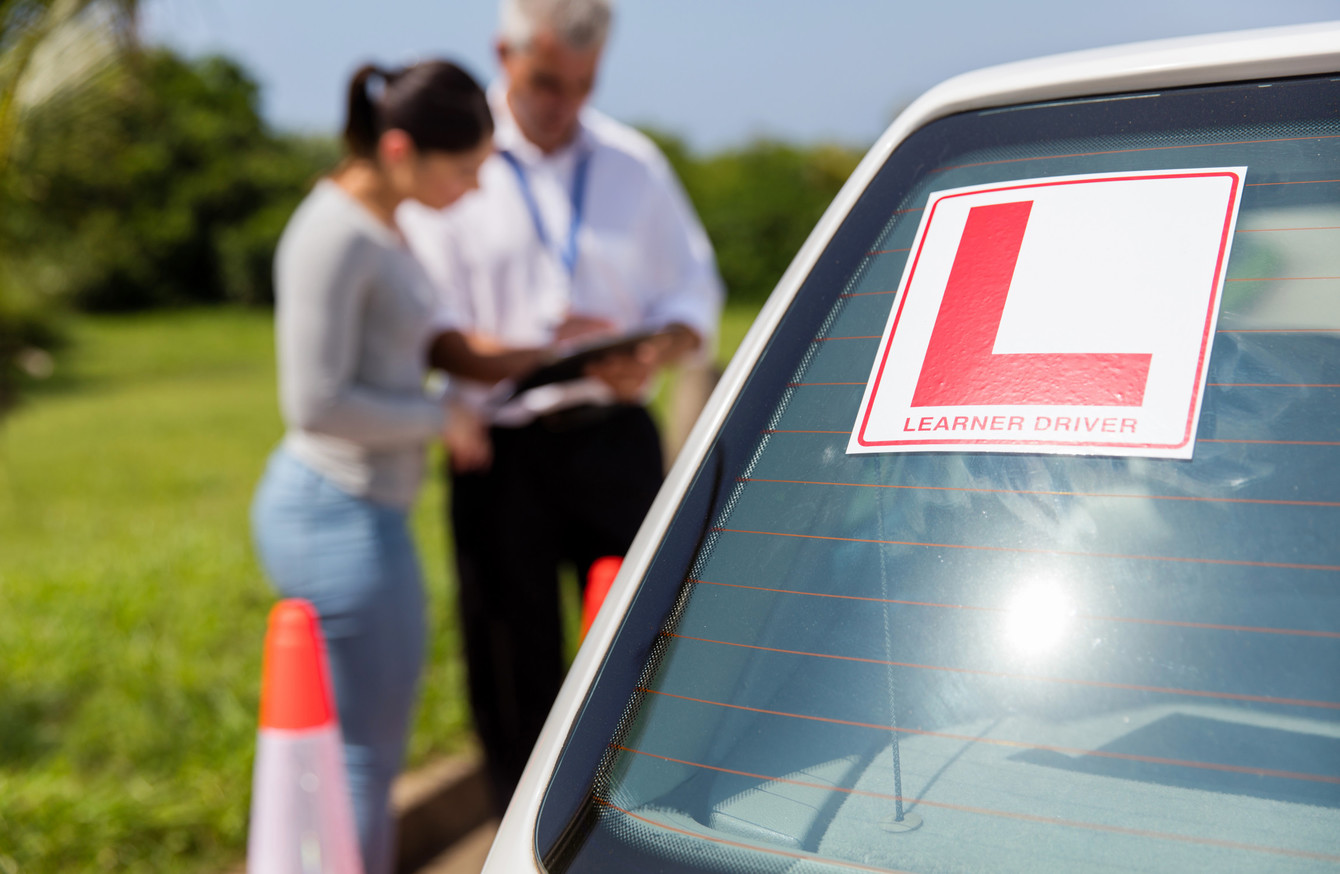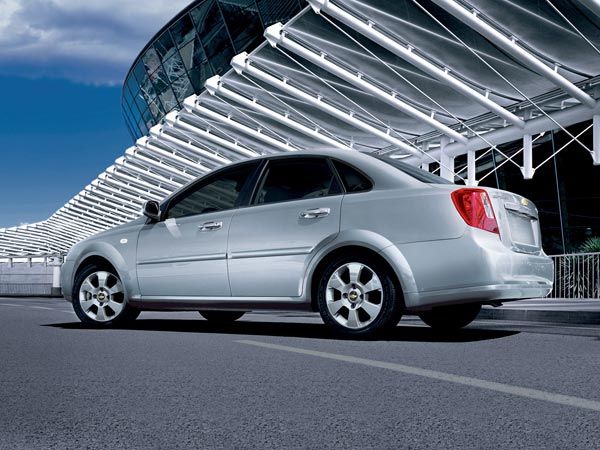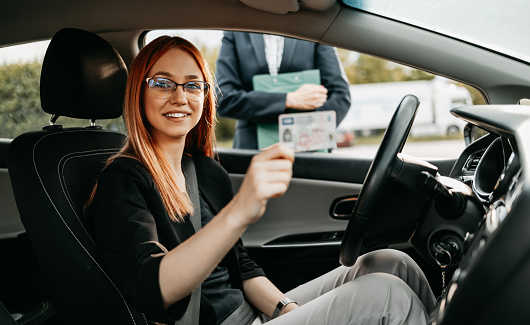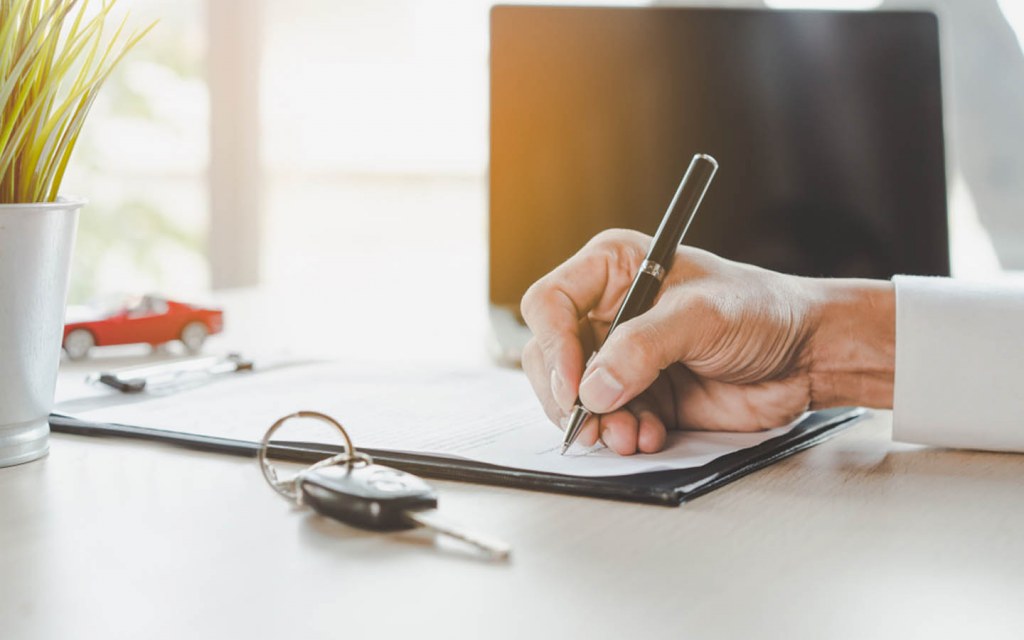3 Steps to Check Your Car before Buying
- Feb 27, 2023
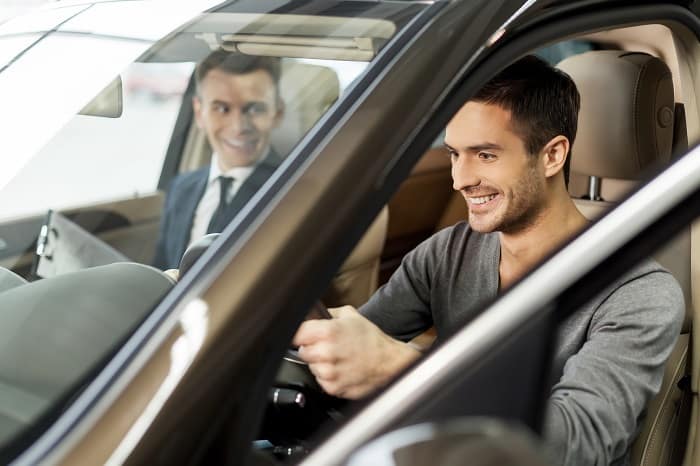
A used car is more attractive to beginner drivers because it saves them from worrying about losing the car’s value because of accidents and bumps. Start looking for your car as soon as you start taking the G1 practice test and preparing for the test’s attempt. It will allow you plenty of time to find your perfect match and strike a reasonable deal.
But what should you look for in a used car? Although it’s your only option for your first car, buying a used car is trickier than buying a new one. Now, you must assess its condition, engine health, mileage, and roadworthiness.
Here are a few things you should consider in a used car before you commit to buying it.
Vehicle History
This is the first – and easiest – check you can run on a car. If you are in Australia, all you will need is the car’s VIN and run it through a quality database to get a VIN check report. This check will tell you the ownership status of the car, the outstanding debts on it, and its accident history.
If you have gotten a premium package for the vehicle history check, you will also learn about the insurance claims on the car and how many users had owned it in the past. For a basic package, you can validate the engine, build, and make claims made by its seller.
Physical Inspection
When you are a beginner driver, you may not have much knowledge about the car and its condition. If that’s the case with you, get help from a savvy driver or automobile engineer. If you are a more experienced driver or if you have learned about vehicles because of passion at an early age, you should complete the physical inspection yourself.
Either way, a physical inspection of a used car up for purchase considers the following:
Engine: You need to check leaks from the car, especially oil leaks. Also, check for signs of blown-out head gasket or cylinder head.
Check the clutch and gears: You want them to work smoothly without grinding noises. Changing gears should be easy and the clutch should respond when it reaches the middle of the pedal’s distance.
Wheels and body: You will have to analyze dents and repaints to see the possible bumps and accidents the car has endured in the past. Plus, the wheels should have enough tread and grooves.
Interior: Interior of the car tells the level of care it received and its mileage. You will also need to check the lights, handles, and windows.
Mileage: You can check it after turning the engine on. This should match the advertised mileage.
Test Driver
Again, if you are a new driver, you should ask your driving instructor or mentor to take you on the test drive for this car. Experienced drivers will not only check the comfort level of driving the car but will also listen to the engine noises to detect possible issues.
Take Away
This post gives a checklist for all the checks you need to run to ascertain the quality of your car. It includes verifying the car's history, checking its physical condition with the help of a mechanic, and test-driving the car.

